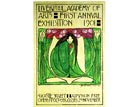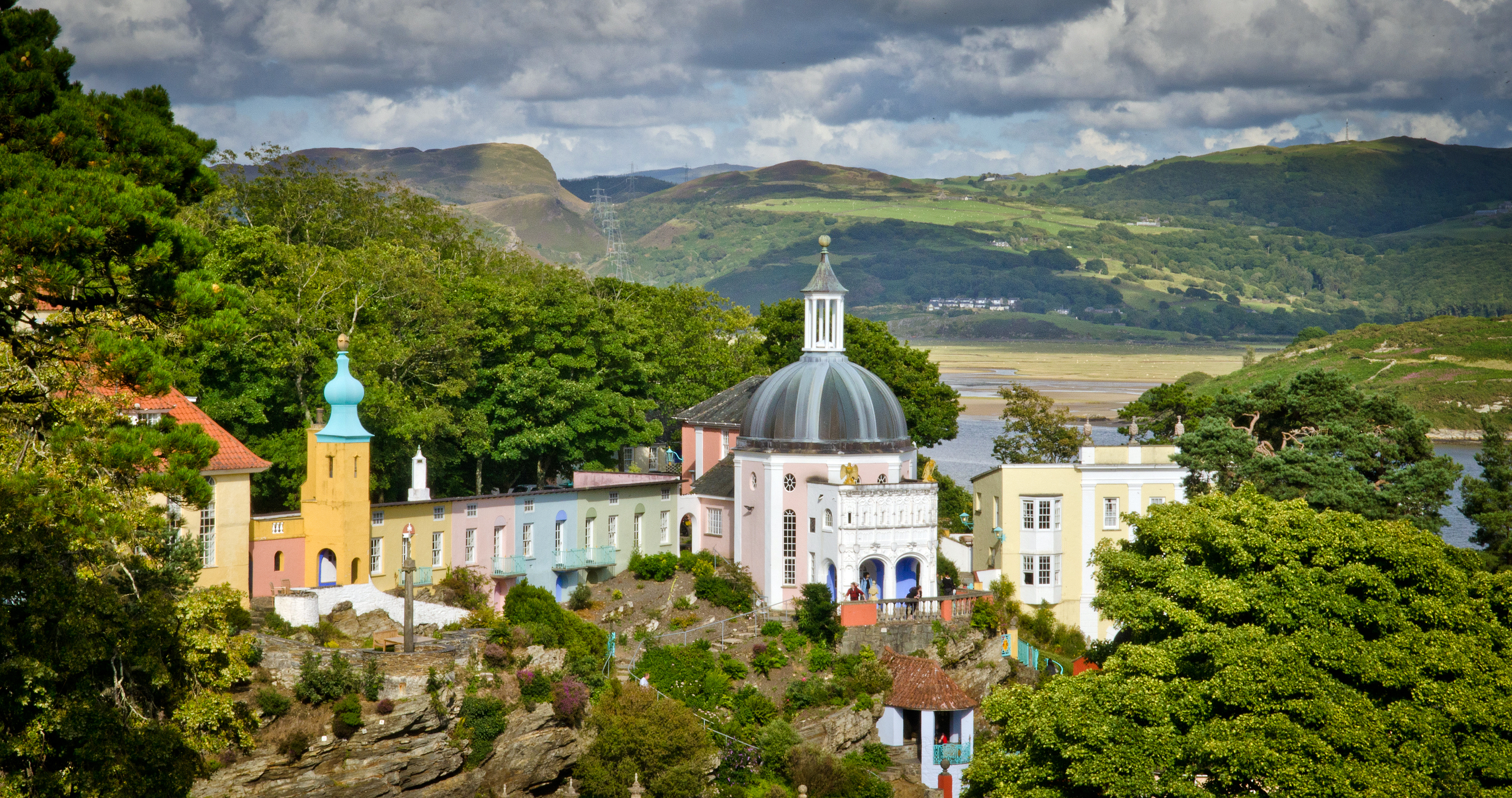The Frances Macdonald and James Herbert McNair exhibition
Lesley Jackson previews an exhibition of the work of two of the four pioneers of the Glasgow Style, Frances Macdonald and her husband, James Herbert McNair


Thursday, January 25, 2007
The posthumous reknown of Charles Rennie Mackintosh has overshadowed the work of his fellow Glasgow Style pioneers. Although Mackintosh?s wife, Margaret Macdonald, has received belated acknow ledgement, the achievements of her sister, Frances Macdonald, and the latter?s husband, James Herbert McNair, have hitherto received scant mention. This is surprising given the fact that ?the Four?, as they were known at the time, were so intimately related both personally and professionally.
Mackintosh and McNair met in 1889 while working in the architectural office of Honeyman & Keppie and became close friends. They were introduced to the Macdonald sisters by Francis Newbery, Head of Glasgow School of Art, who sensed an artistic empathy between them. Margaret and Frances were studying at the school at the time, and afterwards shared a studio. More like twins than ordinary sisters, they lived, worked, socialised and exhibited together, and even dressed alike in unconventional ?Aesthetic? guise. During the 1890s, they created many joint artworks, including beaten metal mirror frames and clock faces, as well as adornments for cabinets and screens. At this date, their imagery and style and their dreamy mystical paintings were remarkably similar, often indistinguishable. When Frances died in 1921 (possibly by her own hand, following a prolonged period of marital unhappiness), Margaret commemorated their close bond in a moving watercolour called The Legend of the Blackthorns.
The painting depicts the siblings as identical twins growing from a single stem. McNair and Mackintosh also enjoyed a symbiotic artistic relationship during their early years, and there are strong parallels between their furniture. Both favoured dark-stained wood and attenuated forms, often incorporating decorative metalwork and stained glass. Following the McNairs? marriage and their move to Liverpool in 1899, Herbert and Frances worked together initially in ?perfect unison?. Their first major project was their own home, where they collaborated on all aspects of the furniture and furnishings. However, unlike the Mackintoshes? home, which is preserved in the Hunterian Art Gallery in Glasgow, the McNairs? interiors were dismantled a few years later when they moved back to Glasgow.
Around the turn of the century, ?the Four? regularly exhibited together not only in Glasgow, but at the Vienna Secession in 1900 and the Turin International Exhibition of Modern Decorative Art in 1902. At Turin, the McNairs? Lady?s Writing Room an ensemble featuring their furniture, rugs, paintings, panels and a decorative frieze was exhibited beside the Mackintoshes? legendary Rose Boudoir. At the time, the two couples were inextricably linked in the public mind. Indeed, there were such striking correspond ences between their work me especially their penchant for pallid colours, etiolated plant forms and anorexic figures
that they were mockingly referred to as the Spook School.
An intriguing exhibition at the Walker Art Gallery in Liverpool focuses on the neglected half of the Spook School. This show brings together precious surviving artworks by this talented but troubled couple, who showed such promise in their early years, yet later sank into obscurity. Discouraged by lack of artistic recognition and beset by financial problems and personal demons, Herbert McNair turned to drink and abandoned his art in about 1909. This inevitably took its toll on Frances, and the couple separated for a while. A series of extraordinary late water colours bears witness to her anguish. Although couched in the iconography of Symbolism, the story they tell of the tragic emotional mismatch between the sexes is clearly personal to her. One pessimistic painting, showing a man offering an embryo to a woman, is gloomily entitled Man Makes the Beads of Life but Woman Must Thread Them.
Sign up for the Country Life Newsletter
Exquisite houses, the beauty of Nature, and how to get the most from your life, straight to your inbox.
?Doves and Dreams The Art of Frances Macdonald and J. Herbert McNair? is at the Walker Art Gallery, Liverpool, from January 27 to April 22
Country Life is unlike any other magazine: the only glossy weekly on the newsstand and the only magazine that has been guest-edited by HRH The King not once, but twice. It is a celebration of modern rural life and all its diverse joys and pleasures — that was first published in Queen Victoria's Diamond Jubilee year. Our eclectic mixture of witty and informative content — from the most up-to-date property news and commentary and a coveted glimpse inside some of the UK's best houses and gardens, to gardening, the arts and interior design, written by experts in their field — still cannot be found in print or online, anywhere else.
-
 Ford Focus ST: So long, and thanks for all the fun
Ford Focus ST: So long, and thanks for all the funFrom November, the Ford Focus will be no more. We say goodbye to the ultimate boy racer.
By Matthew MacConnell
-
 ‘If Portmeirion began life as an oddity, it has evolved into something of a phenomenon’: Celebrating a century of Britain’s most eccentric village
‘If Portmeirion began life as an oddity, it has evolved into something of a phenomenon’: Celebrating a century of Britain’s most eccentric villageA romantic experiment surrounded by the natural majesty of North Wales, Portmeirion began life as an oddity, but has evolved into an architectural phenomenon kept alive by dedication.
By Ben Lerwill